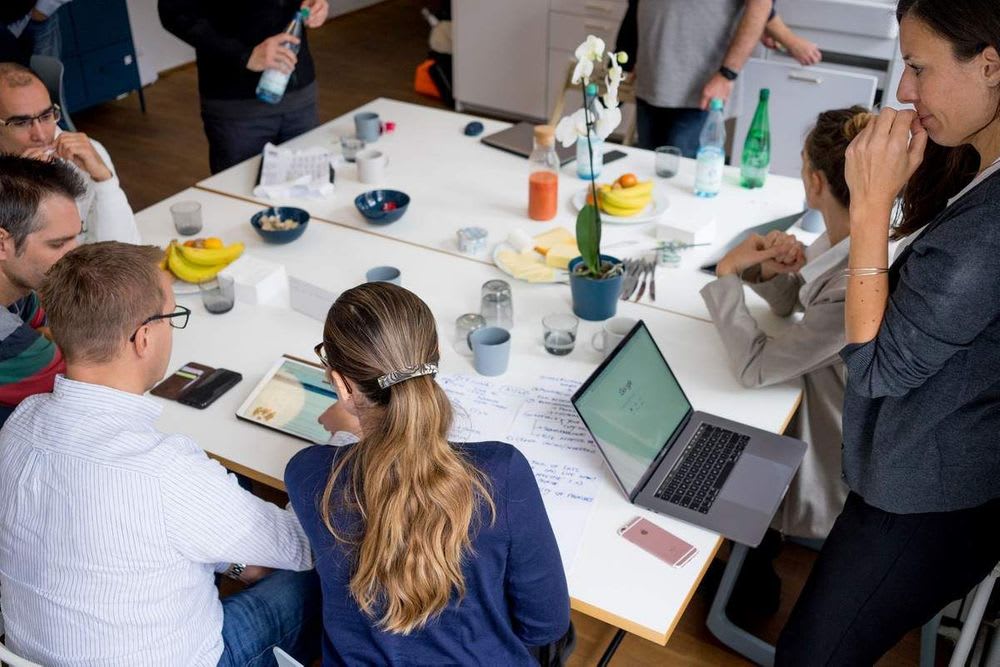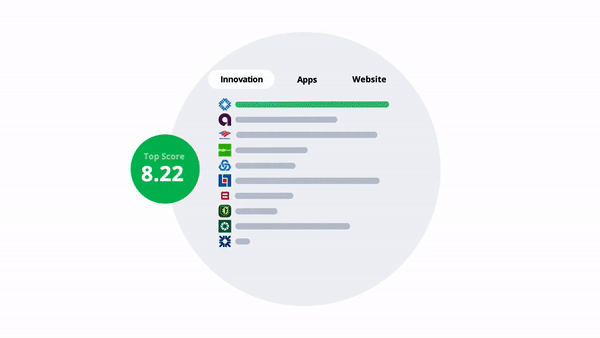How to manage projects during a crisis
Project leadership and project management isbased on mutual trust and shared responsibility. We developed everything together alongside our clients and users. That’s how we got the best results.


Create a place for trust and transparency
Bringing together suitable talents and experts for large and innovative projects is difficult. This is not just the case during times of crisis. Regardless of the structure of the project, everyone must be able to assume that the participants will do their best for mutual success.
Transparency creates trust on the individual and organisational level. If you can enjoy mutual trust, then it doesn’t matter where people work. As team leader you are responsible for building and maintaining transparency and trust. Have regular informal meetings with your colleagues. Always make time for the members of your team. Be open to receiving feedback and support people when they make suggestions. Ask yourself and others difficult questions. How do we deal with problems? How do we solve them? Listen and take action.
A strong team can survive even in times of crisis
Companies that are willing to adapt are successful even during difficult times. Prepare yourself for new challenges in projects. Strengthen your team with a “we’re in this together” culture as well as good communication and mutual trust. A crisis can also lead to individual and organisational growth.
With our Ideation Workshops and Rapid Prototyping Design Sprints you can strengthen your team and develop future-proof working strategies. Finnoconsult and ENNO Studio are here to help you to develop project and organisational culture. New and sustainable workflows will be what is going to get you out of the crisis and launch you into the future. Get in touch if you want to strengthen your team and your organisation.








